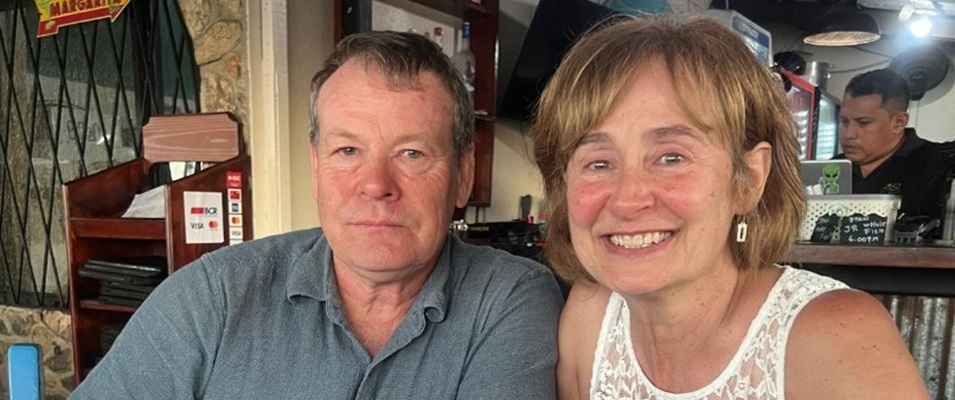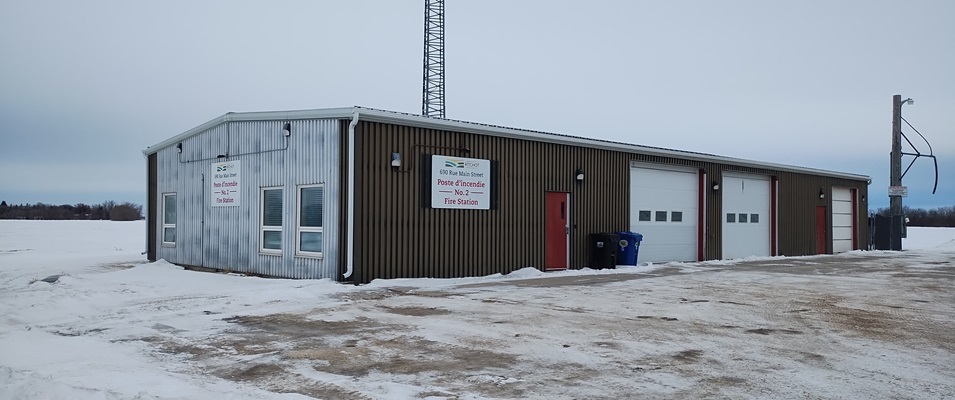
On October 18, representatives from a variety of Manitoba organizations convened at Brandon University for a public launch and panel discussion on a new report entitled Connecting Communities: Strengthening Public Transportation Options in Rural Manitoba.
“All people have a right to movement and mobility, but for many rural Manitobans, options for traveling between communities are few to non-existent,” says report author Hannah Muhajarine. “While many rural municipalities and local organizations are stepping up, the provincial government needs to take on more responsibility to ensure a baseline of efficient, affordable, interconnected, and sustainable public transportation services for Manitobans across the province.”
Muhajarine, policy researcher with Manitoba’s Climate Action Team (CAT), was one of four experts to attend the launch and discuss the report’s findings. She was accompanied by Niall Harney of the Manitoba chapter of the Canadian Centre for Policy Alternatives, Connie Gamble of the Southeast Regional Transportation Initiative, and Serena Bittner of Transportation Options Network for Seniors.
“Rural communities heavily rely on personal vehicles and the support of friends and family to reach their destinations, whether for work, school, services, medical appointments, or other needs,” says Gamble in a press release. “To achieve sustainable transportation equity comparable to urban areas, it is essential to secure operating funding for the creation of affordable and reliable regional public transportation, enabling rural communities to thrive and grow.”
According to the report, though, it’s about more than just creating equal opportunity to get around. Affordable and accessible public transportation ensures that everyone has adequate access to healthcare. It also helps to improve local economies and overall public safety, all while reducing greenhouse gas emissions.
Leading to the completion of the report, Muhajarine and others spent the past year researching the topic of Manitoba’s rural transportation needs.
They engaged public interest groups in conversations and reviewed how provinces like Ontario and Nova Scotia are currently supporting their own interconnected rural transportation systems.
A survey was also sent out, open to all adult Manitobans, especially those who are more likely to be transportation-dependent. These included seniors, the mobility-challenged, newcomers to the province, low-income earners, and members of the Indigenous community.
The survey sought to pinpoint the most significant transportation challenges within these groups. Based on responses received, 81 percent said that a public rural bus service with affordable fares, convenient scheduling, and service to the communities they frequently visit would improve their lives.
“We also asked people if they are satisfied with their transportation options to access medical services because we know that that’s a really pressing issue for rural communities,” Muhajarine tells The Citizen. “Thirty-five percent said yes, they are satisfied, but 40 percent said no, they weren’t, and 21 percent were unsure.”
Any way you look at it, says Muhajarine, people are falling through the cracks.
Historically speaking, there was a time when some rural communities enjoyed a limited level of public transit options. According to Muhajarine, Greyhound buses offered rural services for approximately 30 years in Manitoba.
Around the year 2010, they began to cut back their services, and in 2018 they discontinued rural services here altogether.
With the exception of a few privately owned taxi or shuttle companies, there’s been no replacement for Greyhound’s services.
Muhajarine says there are a number of ways the province could use the report’s findings to move forward proactively and these recommendations will be presented to the Minister of Transportation and Infrastructure as well as the Minister of Environment and Climate Change, along with a copy of the report.
Though invited to attend the launch, no government officials were represented.
The first step Muhajarine says the province should take is to create their own steering committee to meet with rural municipal and organization representatives to determine the exact needs and strategize ways to fill those needs.
“Responsibility can’t be [left to] municipalities and other organizations to handle this problem on their own,” Muhajarine says. “The province supports urban public transit in Winnipeg and a few other major urban centres. People like me, living in Winnipeg, get to benefit from it. But if you’re living in a rural community, then there’s no services for you. It becomes up to you to buy your own vehicle or to ask your friends and family for rides.”
Working on the Climate Action Team, Muhajarine can appreciate the effort the province has been putting into electric vehicle adoption in recent months. Still, she says, to focus all the attention there is a bit myopic.
“The CAT is obviously a climate organization, but we wanted to take this on because, [while] rural transportation may not be the main lever for driving down emissions, I think that it has a role to play. The province can’t just be thinking about electric transportation as the only option.”




















